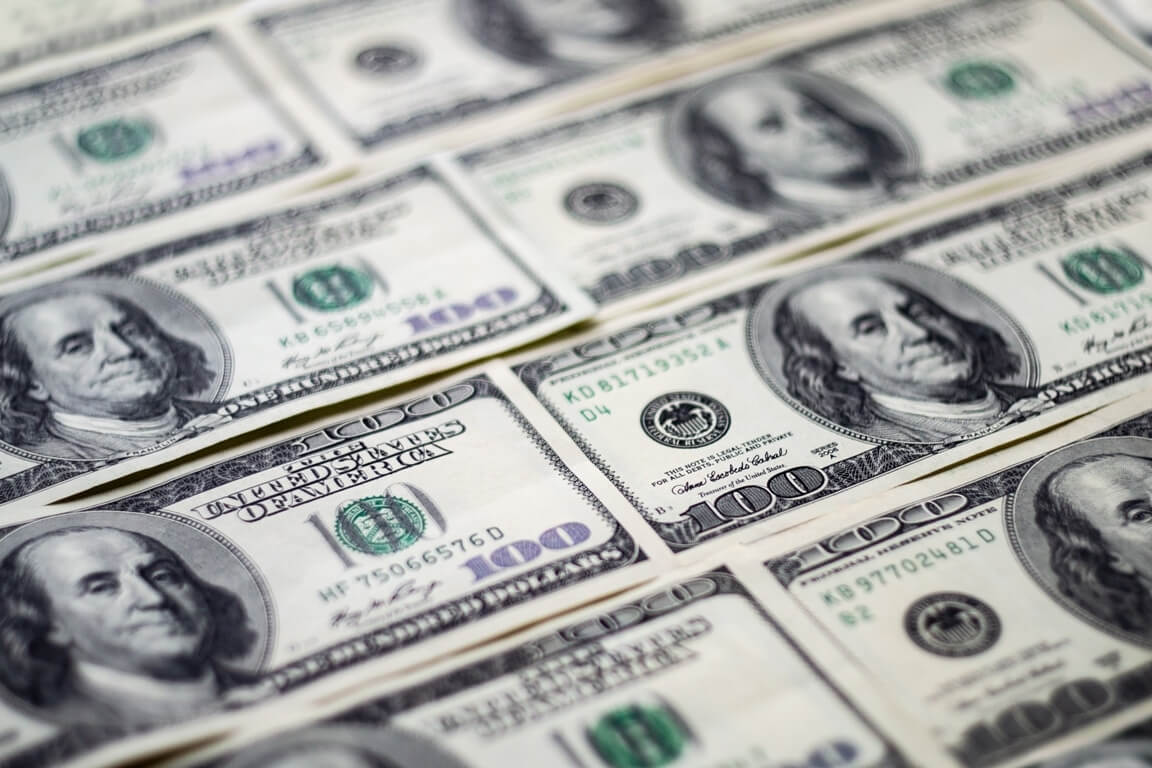
U.S. dollar was steady on Thursday. What about the Euro?
The dollar index remained flat at 112.98 on Thursday. However, it was still close to its 20-year peak of 114.78. The currency experienced its worst day since March 2020 yesterday, but it recovered some of its losses later. Moreover, the Euro and British Pound plummeted today. The British government recently approved the tax-cutting budget, and Prime Minister Liz Truss defended this decision. The Bank of England’s intervention in bond markets bolstered the markets for a while, but it soon faded. Traders are now waiting for German inflation data.
On Wednesday, the sterling skyrocketed after the Bank of England announced an emergency bond-buying plan. It aimed to support a freefalling gilt market. Despite the BoE intervention, U.K. bond liquidity improved insignificantly, and the currency lowered again today. The Pound shaved off 0.19% at $1.0866 after dropping to $1.0764 earlier in the session. Investors were worried about Britain’s economic management, as well as the possible drawback in global growth.
Jane Foley, the Head of F.X. Strategy at Rabobank London, noted that the sterling’s moves were substantial yesterday. That hasn’t been matched on Thursday, and that makes it difficult to forecast the intra-day direction of the Sterling. DBS currency strategist Philip Wee also stated that the Pound is not out of the woods yet, adding that the bank is addressing the symptom instead of the cause.
The euro tumbled down by 1% in earlier London trading today. But it recovered afterward and exchanged hands lower by 0.2% at $0.9720 at last. According to new data, the euro area’s economic sentiment fell significantly. Investors are concerned about the possible economic recession in Europe. Esther Reichelt, the F.X. analyst at Commerzbank, noted that the ECB would respond to high inflation levels with sharp rate hikes.
How are the Chinese Yuan and other Asian currencies faring?
In China, the offshore yuan surged forward by about 0.5% on Thursday. It traded at 7.1280 per dollar at last. At the same time, the Australian dollar plummeted by 0.6% to $0.6485. According to the consumer prices report, annual inflation lowered a bit from August to July, bolstering the market sentiment.
Meanwhile, the Mexican peso tumbled down as investors expected a 75 basis point increase from its central bank later today. Latin America’s second-largest economy aims to hinder the soaring inflation. Latin American currencies dropped by 0.4% in early trading. Mexico’s peso declined by 0.3% versus the dollar. The Brazilian real also fell by 0.5%, while the Colombian peso shaved off 0.9% against the greenback today.




